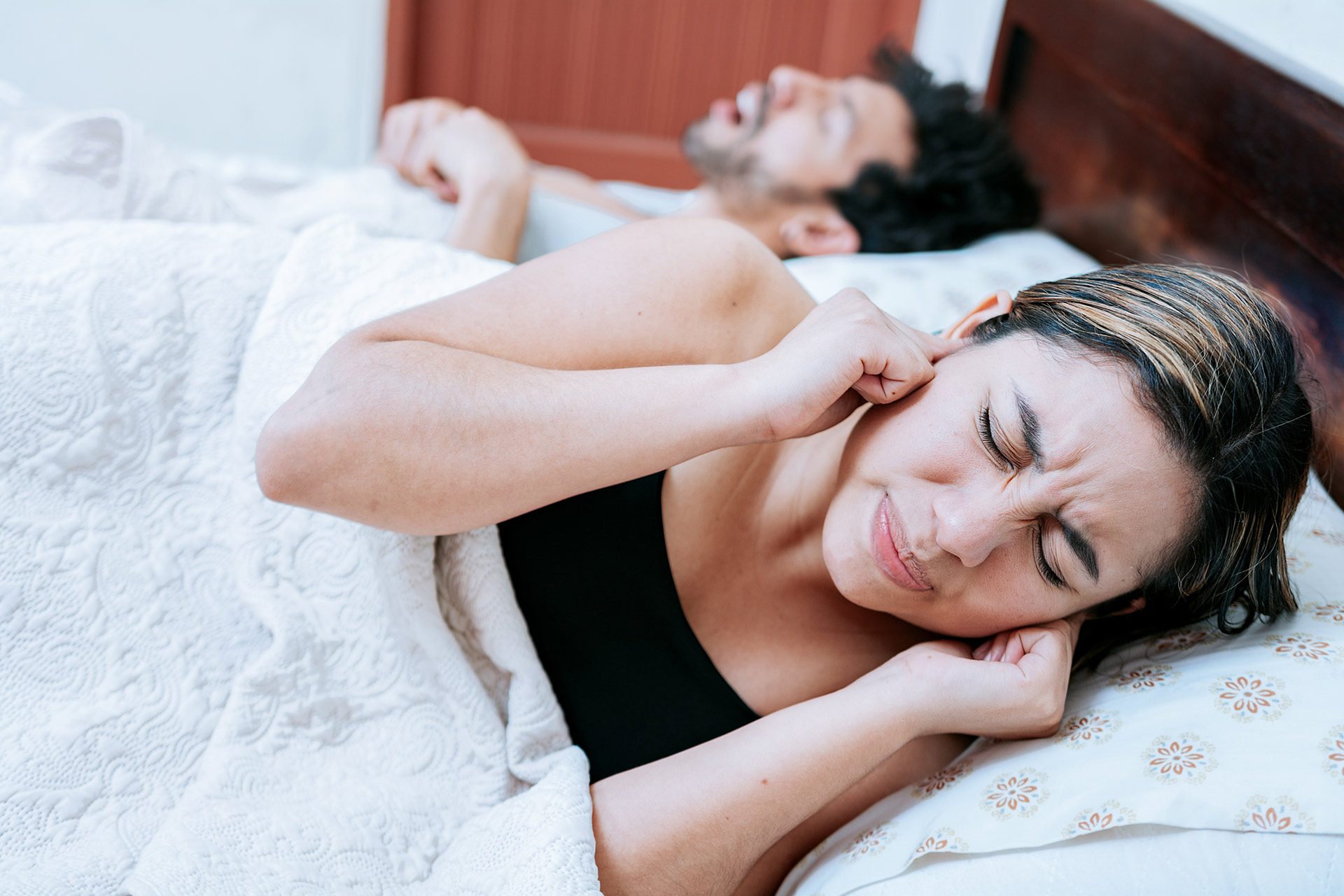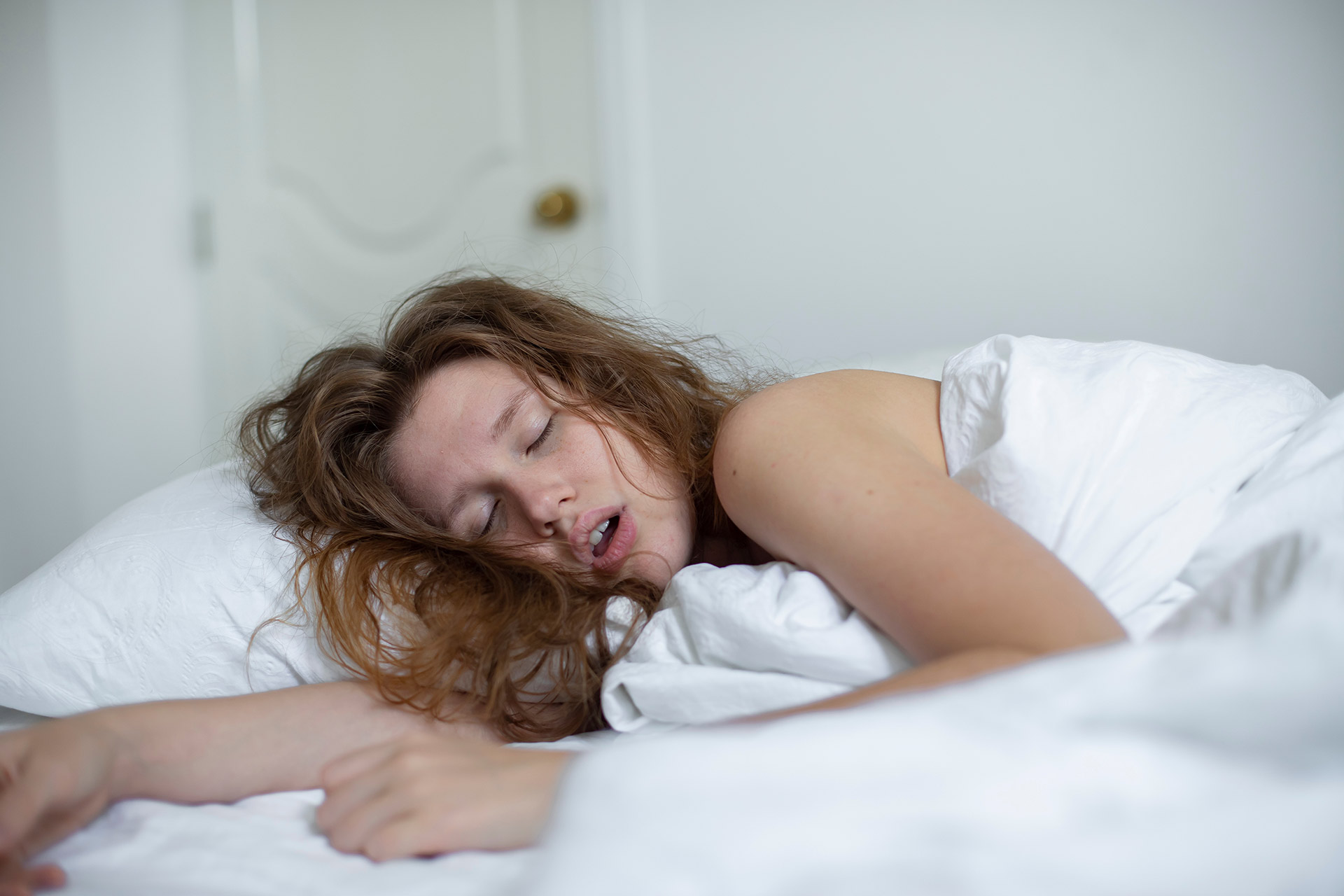Mouth tape is starting to become more of a go to aid for snoring help. Always a preference than a pillow in the face from the partner Mouth tape for snoring can be a non-invasive solution that aims to keep the mouth closed during sleep, encouraging nasal breathing and potentially reducing snoring. This method involves using an adhesive type of tape that is safe for use on the skin and easy to remove. The tape is applied across the lips to prevent the mouth from falling open during sleep, which can lead to mouth breathing and increased snoring.
Snoring occurs when there is partial obstruction of the airway during sleep. There can be various reasons that lead to snoring ranging from age, sleep position, allergies, alcohol consumption, smoking, excess weight etc. Addressing lifestyle factors is undoubtedly an approach but seems to have more hurdles than the use of mouth sleep tape. Very little effort nor time is needed for use of mouth sleep tape, not to mention the lost cost.
HOW DOES SLEEP TAPE WORK?
By keeping the mouth closed, mouth tape promotes breathing through the nose, which is more optimal for maintaining healthy oxygen levels during sleep. The retention of carbon dioxide that is enabled by keeping the mouth closed is the key when it comes to oxygen tissue saturation. Having the mouth left open for hours per night leads to more carbon dioxide being expelled than what is ideal for health. Nasal breathing helps to filter, warm, and humidify the air before it reaches the lungs, which can improve overall sleep quality and reduce the intensity of snoring.
Very little prep work is required. Just make sure your face and lips are clear of lipstick, lip balm etc and apply before bed. This low barrier of use with respect to time and effort makes sleep tape extremely attractive.
Considerations with Mouth Tape
Mouth tape can feel awkward at first for some, especially for those that are chronic mouth breathers. However, the chronic mouth breathers are the ones who will benefit the most. Some considerations when using sleep tape include:
- Nasal Congestion: If you have nasal congestion or breathing issues from allergies or a deviated septum, using mouth tape may not feel comfortable or be suitable if both nasal passages are blocked. It’s important to ensure that you can breathe comfortably through your nose before using mouth tape. Using the tape during the day for about 20-30 minutes can give you some expectations of what to expect when it comes time to apply at night.
- Skin Sensitivity: Some people may experience skin irritation or discomfort from the adhesive on the tape. It’s essential to choose a hypoallergenic tape and a tape that is not too aggressive if you have sensitive skin. Some brands are more aggressive than others.
- Discomfort: Sleeping with your mouth taped shut may feel uncomfortable or restrictive for some individuals, especially initially. It may take time to adjust to this method of keeping the mouth closed during sleep. As previously mentioned, taking the sleep tape for a “test run” during the day can be helpful. The sleep tape I recommend does not fully cover the mouth , although it works effectively to keep it closed. Having a partial opening for your mouth to breathe will help avoid that uncomfortable feeling if desired.
- Underlying Sleep Issues: Snoring can be a symptom of underlying sleep disorders such as sleep apnea. If you suspect you have sleep apnea or another sleep-related breathing disorder, it’s crucial to consult with a healthcare provider for a proper diagnosis. For those with sleep apnea, keeping the mouth closed with use of the CPAP machine will enhance the nose breathing that much more.
Even with some of the aforementioned considerations, mouth sleep tape is a highly effective, low barrier to snoring cessation.
In conclusion, mouth tape for snoring can be a simple and cost-effective solution for individuals seeking to reduce snoring by promoting nasal breathing during sleep.




